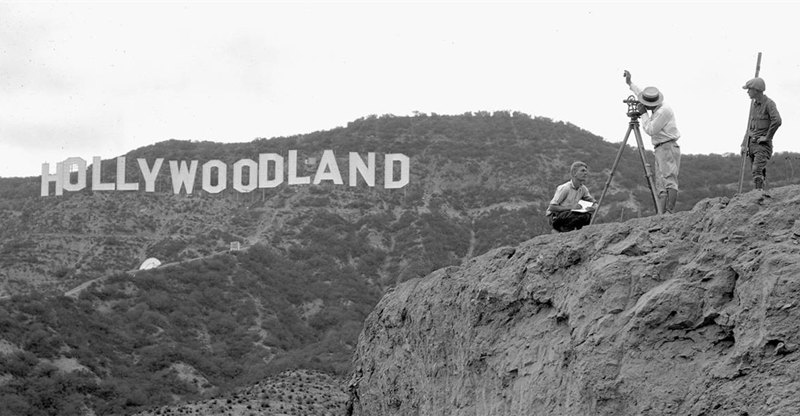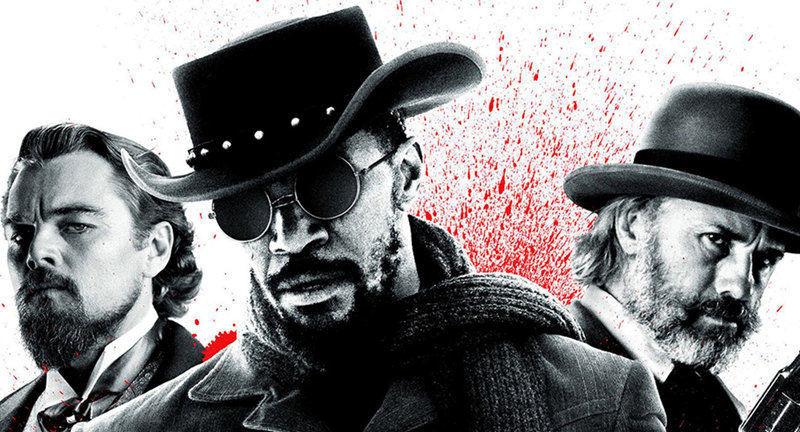On the surface, the PBS series “Downton Abbey” seems an unlikely candidate for pop culture phenomena. In a 140-character, flash-cut world of post- modern irony, who has the patience for a stately period drama set in the privileged environs of upper-class Brits?
Apparently, lots of people. Viewership records, critical praise and a clutch of awards speak for themselves. Rather than just the next in a string of “oh, raaather” and “Muh Lord” genteel twaddle, the third season of “Abbey” arrives as one of the most anticipated new seasons in recent television history. Who knew?
That level of achievement often creates unrealistic expectations for the future. Fortunately, season three is a qualified success in continuing the engaging and emotional events surrounding Lord and Lady Grantham and the people who live and work at their home, Downton Abbey.
In seasons one and two, creator and writer Julian Fellowes brought us into the world of the Crawley family and their servants. Fellowes created an intelligent and visually stunning exploration of British society and class distinction in the rapidly changing times just before, during and after the Great War, what historical advisor Alastair Bruce calls “the beginning of the end” for the English country house tradition.
Firstly, the series still looks fantastic. Costuming, setting and set decoration, and cinematography are all meticulous and top-notch. But to rise above soap opera standards, a series such as this relies heavily on the quality of its writing. While not quite matching the heights of the first two seasons, Fellowes continues to find interesting ways to weave the larger flow of history into the more intimate individual stories. Despite occasional lapses into outright melodrama, this is still a show with something more canny and inviting going on most of the time.
And despite the large cast and complex character relationships, the show nimbly juggles the multiple story lines and provides plenty of rewarding conflict and emotion. However, if I am to speak freely my Lord, It can be said that not as many of the plot lines pay off as they did in the first two seasons, and there are so many sup-plots in each episode that some are bound to seem overripe or undernourished. For myself, I miss the edgy cruelty simmering in the first season. And if one more person just happens to overhear a critical conversation….
With all the various dramatic threads to keep track of, there is still room for a refreshing sense of humor, a number of pithy, PBS-style zingers. Alongside the crisp, Swiss-watch bon mots (heard most often from Maggie Smith’s Countess character), “Abbey” continues to be marked by compassion for both servants and masters alike. Even the resourceful but scheming valet Thomas, who could be an easy caricature, is finally given his moments revealing the pained loneliness behind his machinations.
The duel of vengeful wiles between former co-conspirators O’ Brien and Thomas is well-plotted and drawn out throughout the season. While, as a storyline, Mary and Matthew’s marriage settles into the yawns before mid-season (happy rich people are the least interesting in the Abbey), the relationship of Sybil and the former chauffeur Tom plays out to a heart-breaking end, and a beginning. With the involvement of Isobel, former maid Ethel has to make a gut-wrenching decision in one of the more fully realized story threads.
This new season of “Abbey” is most noteworthy for the quality of the acting. As an ensemble, there is a very real sense of the lives shared by these people, a compliment to the way the cast inhabit their roles even in the background of scenes. In a cast numbering near twenty main characters and a bevy of guest roles, Emmy-winner and tart-tongued dowager Maggie Smith gets the lion’s share of cutting wit, and she delivers the goods unfailingly.
But many other cast members shine also, particularly Jim Carter and Phyllis Logan as the head servants Carson and Hughes, and Rob James-Collier as the tormented Thomas. Penelope Wilton brings a touching dignity to her role as Isobel, cousin to Lord Grantham, and Siobhan Finneran smartly underplays a formidable, steely will for O’Brien, the head lady’s maid.
Though perhaps more a casting stunt than a real character, Shirley MacClaine provides an interesting adversary for Smith in her two-episode appearance as Lady Grantham’s very American mother.
Video:
“Downton Abbey, Season 3” is presented in three discs of high def 1080i and in 1.78:1 aspect ratio. The Blu-ray presentation is crisp and attractive. The rich, glossy period detail of sets and especially costumes comes through beautifully. There is an English SDH subtitle track.
Audio:
The audio track is Dolby digital stereo. There are no audio options in the set-up menus for each disc. This is a low-key but adequate format, and well balanced in the front speakers.
Extras:
Not surprisingly, the extra features are carefully assembled and generally interesting, with lots of background information and behind-the-scenes footage. The cast members are all open and engaging in their interviews, and the technical crew provide plenty of interesting commentary.
On Disc One:
- “Downton Abbey—Behind the Drama”: narrated by Lord Grantham himself, Hugh Bonneville, this is a lengthy, slightly patronizing refresher course on the setting, events and people of Downton Abbey, seasons one and two. Aimed at bringing newcomers up to speed for the new season but sprinkled with insider stuff for the already initiated.
On Disc Three:
- “Downton in 1920”: commentary by Fellowes, other technical staff, and the cast about the historical background and clothing styles of the era of the third season
- “The Wedding of Lady Edith” and “The Wedding of Lady Mary”: two background featurettes about the characters and logistics of the episodes where these weddings take place
- “Shirley MacClaine at Downton”: interviews with MacClaine and other cast members about her time on set, and the sense of awe that her presence engendered
- “The Men of Downton Abbey”; focuses on the effect of the Great War on the men of Downton, and the changes they deal with after its end
- “Behind The Scenes: The Cricket Match”: amusing footage and interviews about the filming of the cricket scenes
- “Behind The Scenes: A Journey To The Highlands”: the upper-house cast and crew move to Scotland for the Christmas episode of Season Three, and the tragic cliffhanger that ends Season Three
Parting thoughts:
Beautifully acted and detailed with loving visual care, “Downton Abbey, Season 3” continues a worthy tradition. While missing some of the repressed hostile energy of the first two seasons, it is still intelligent drama touched with strains of sharp wit and genuine compassion.


